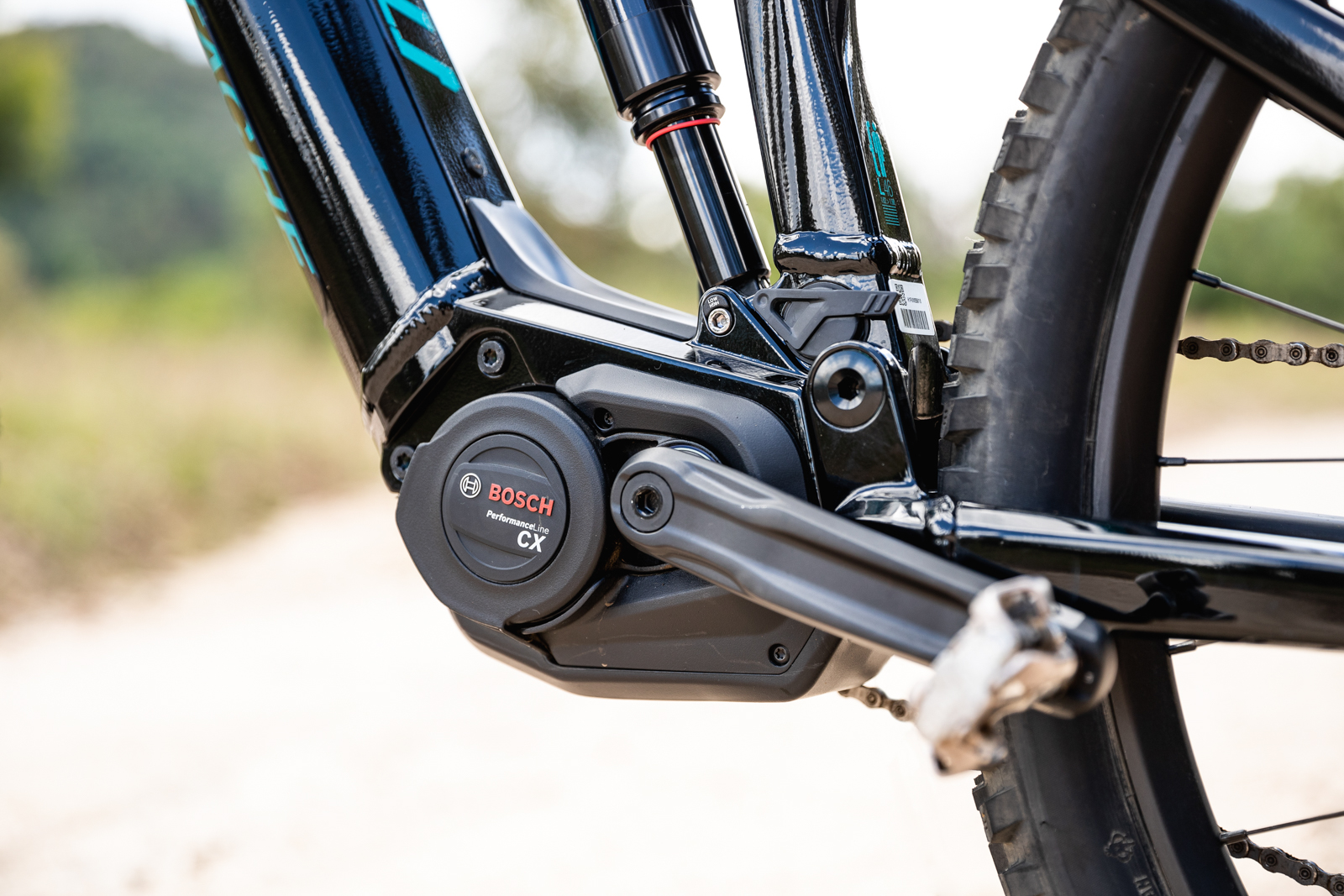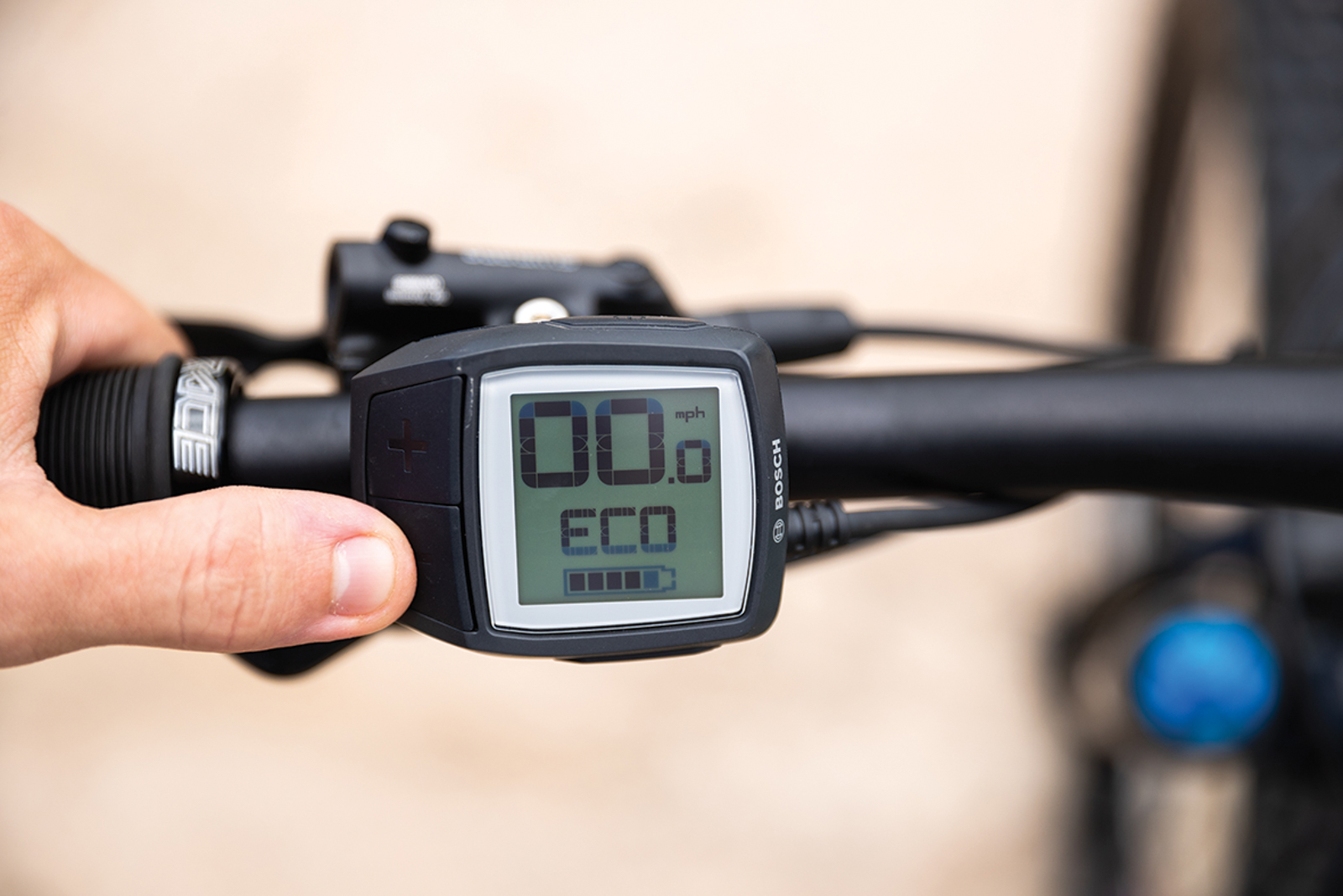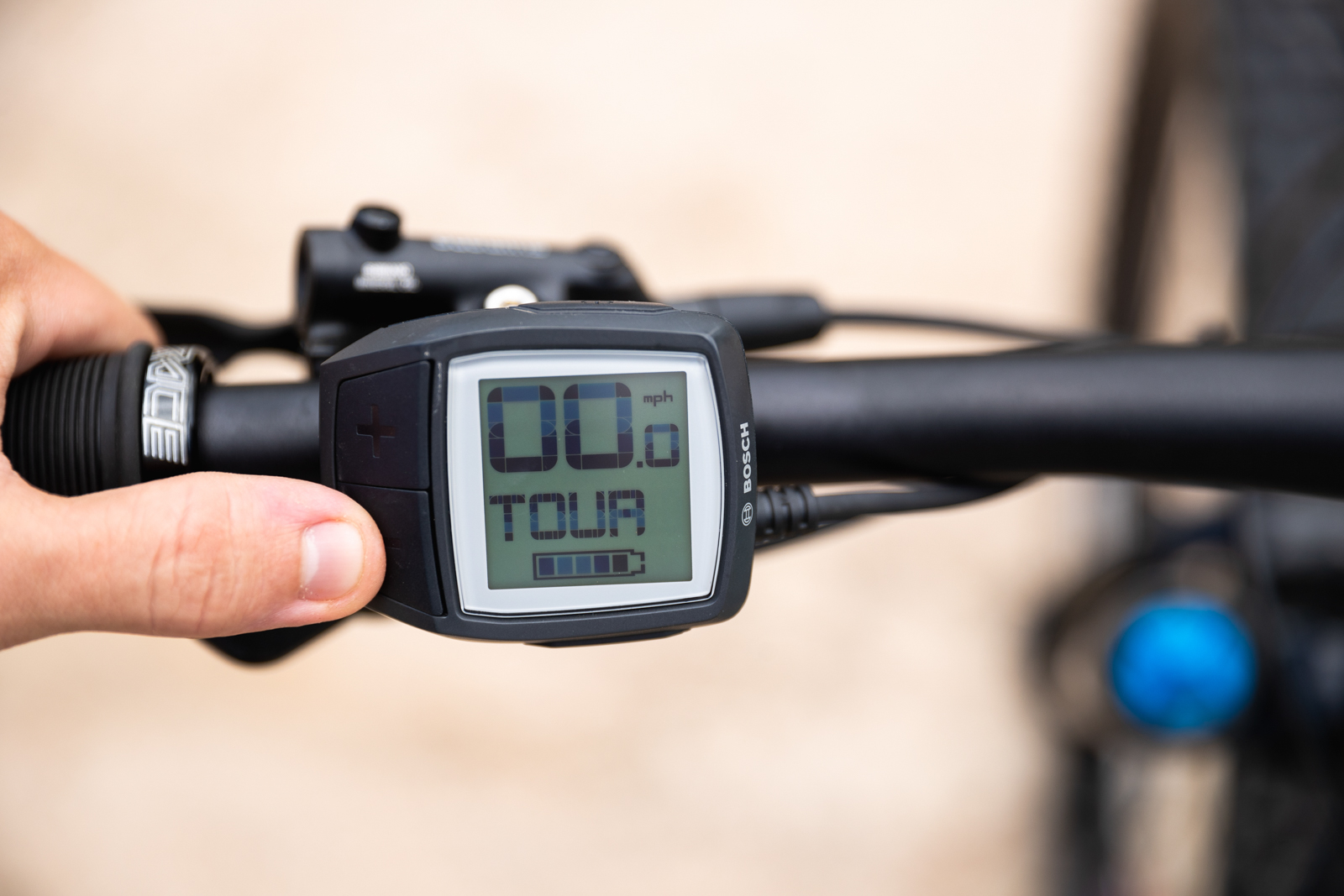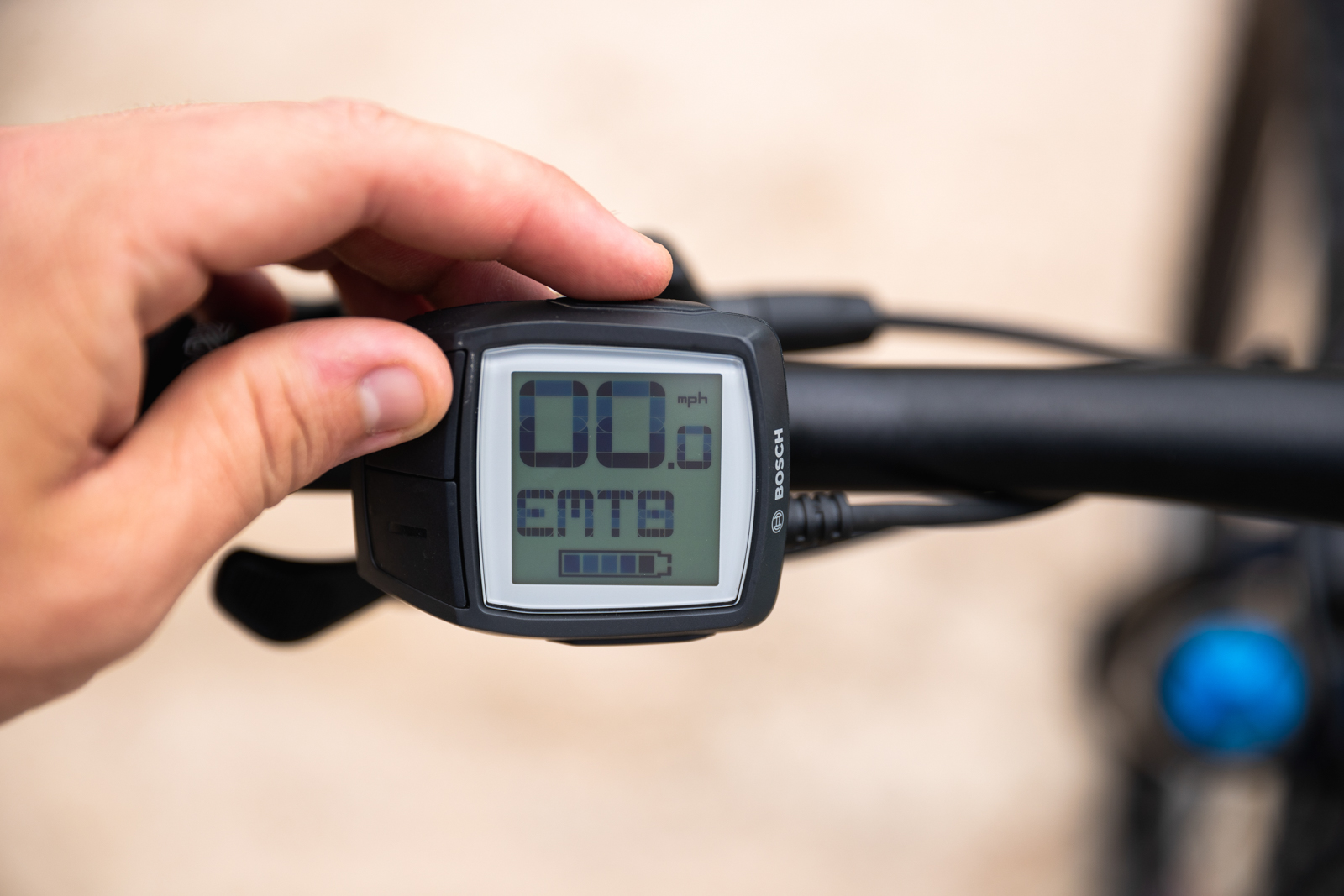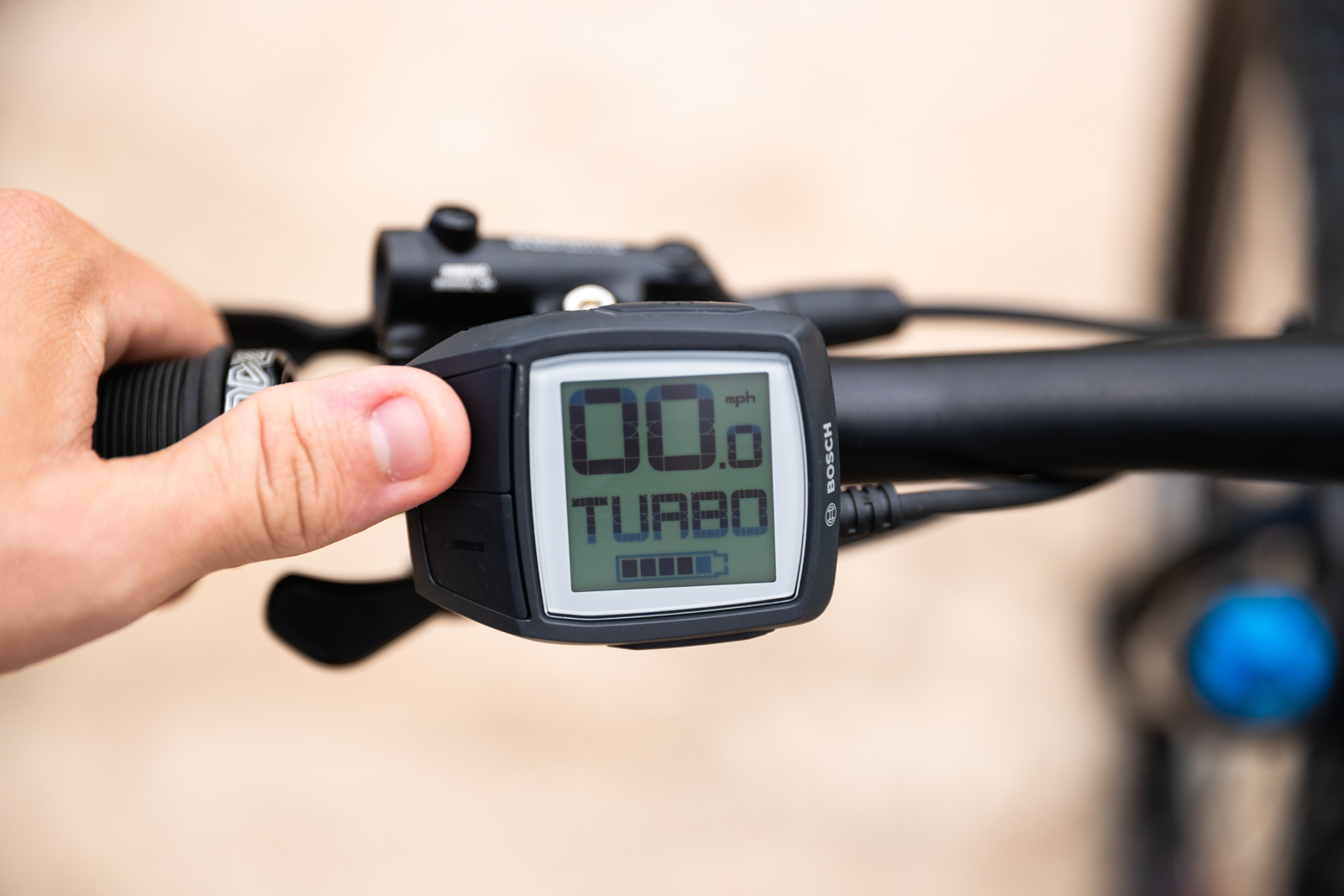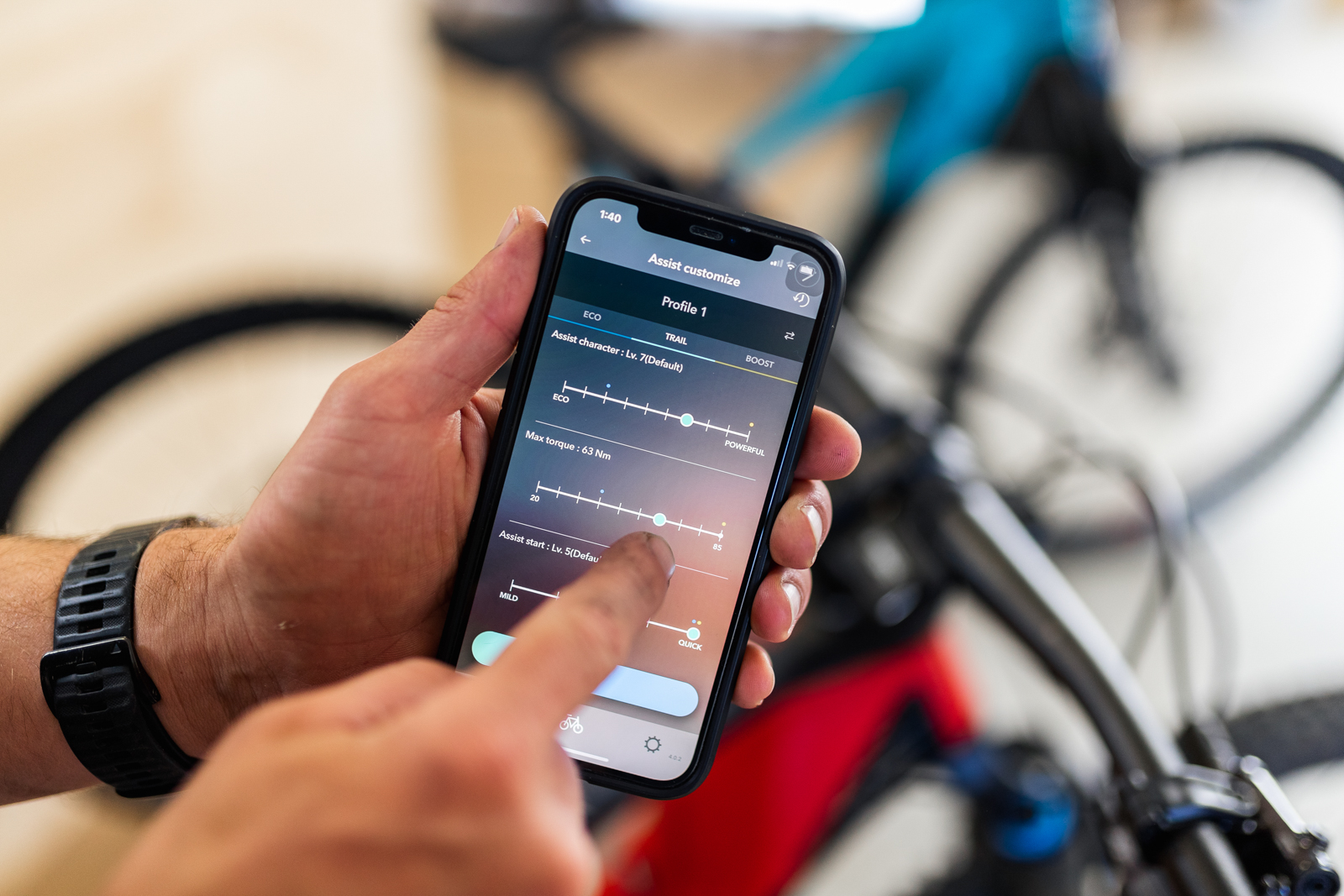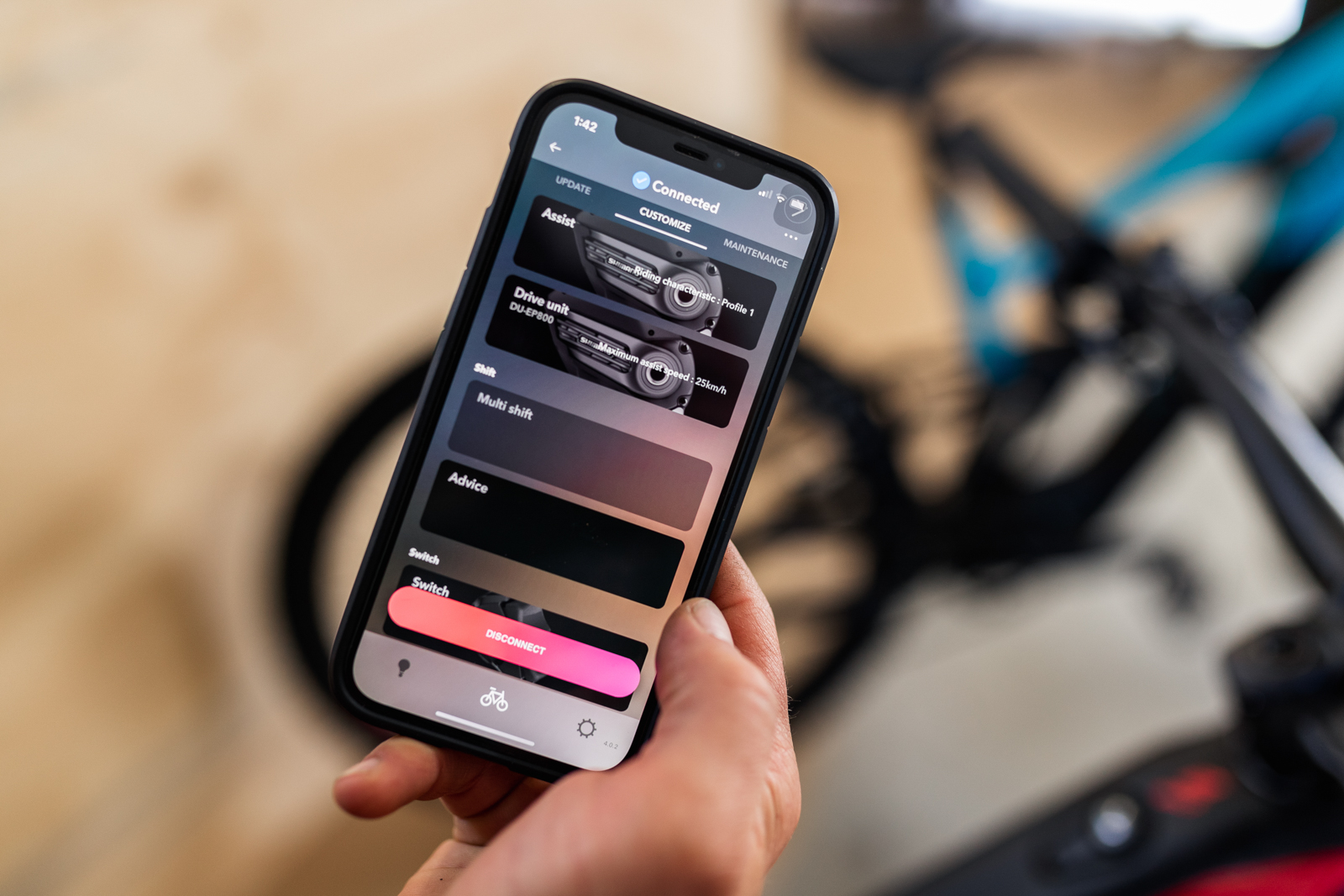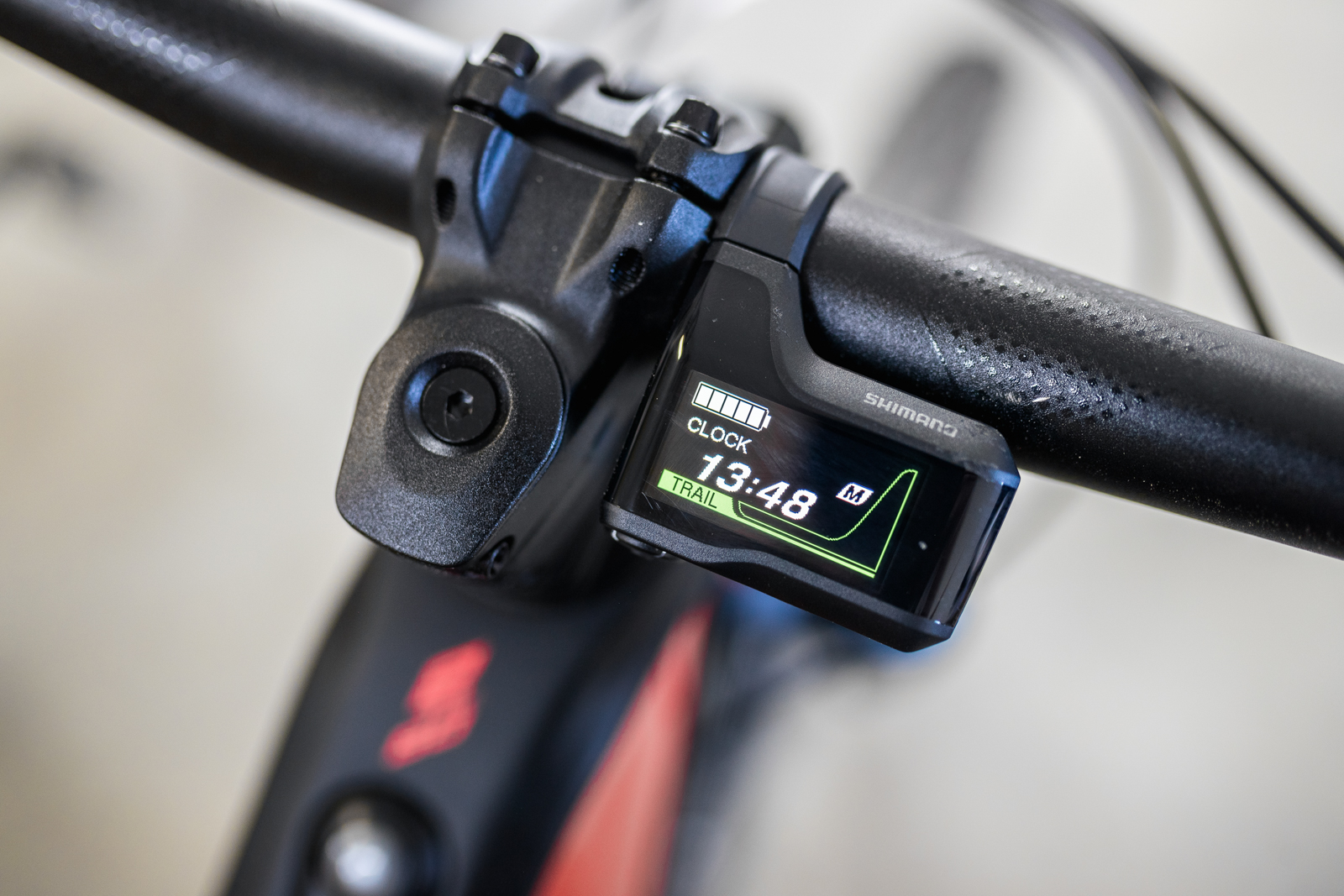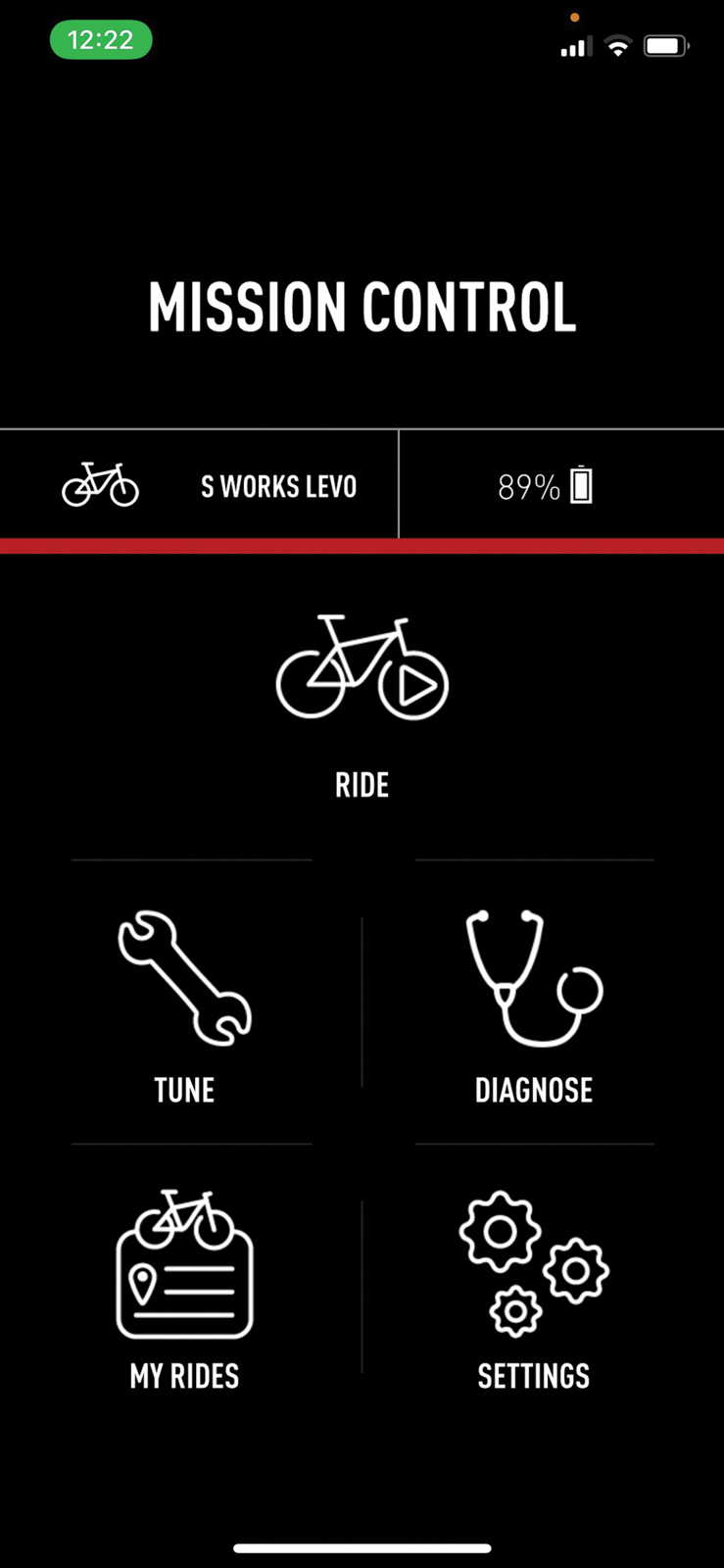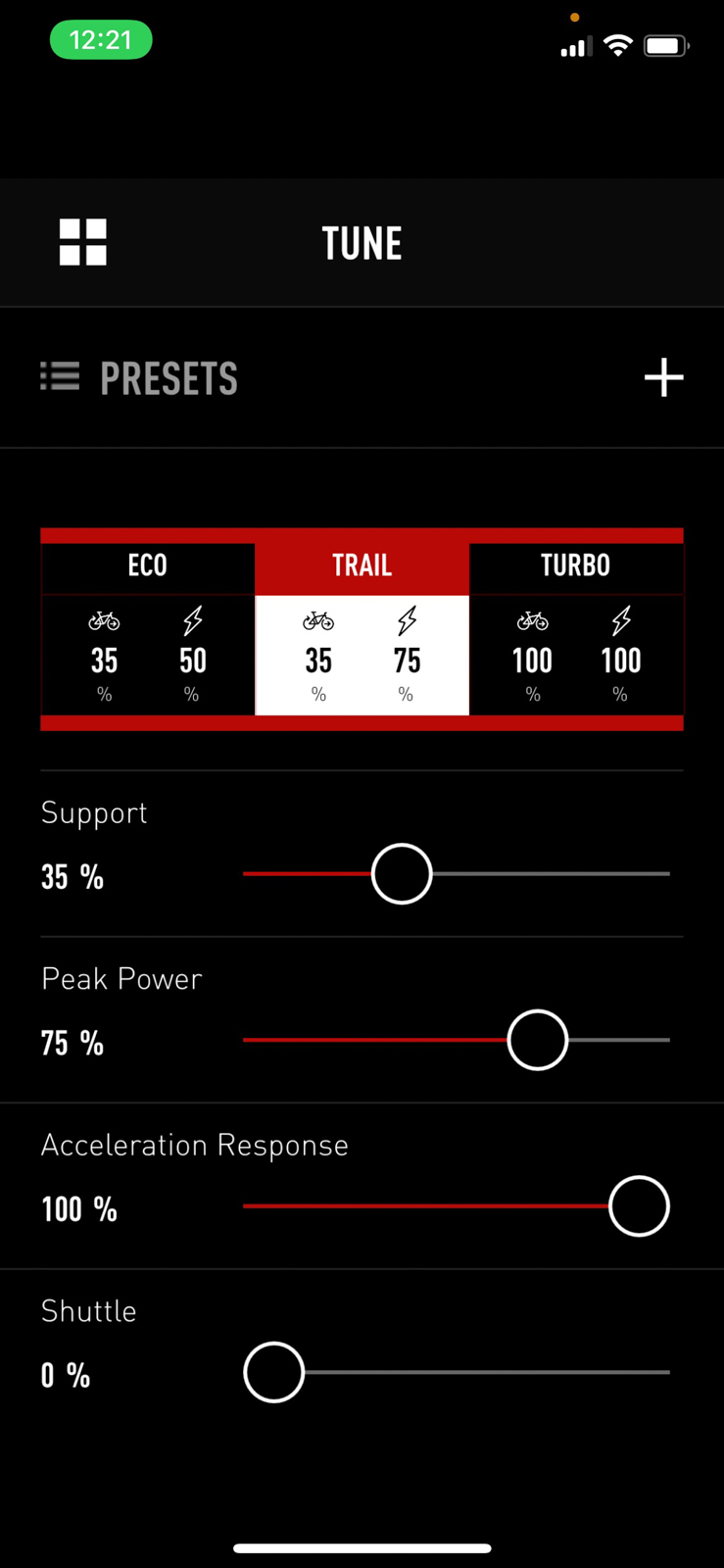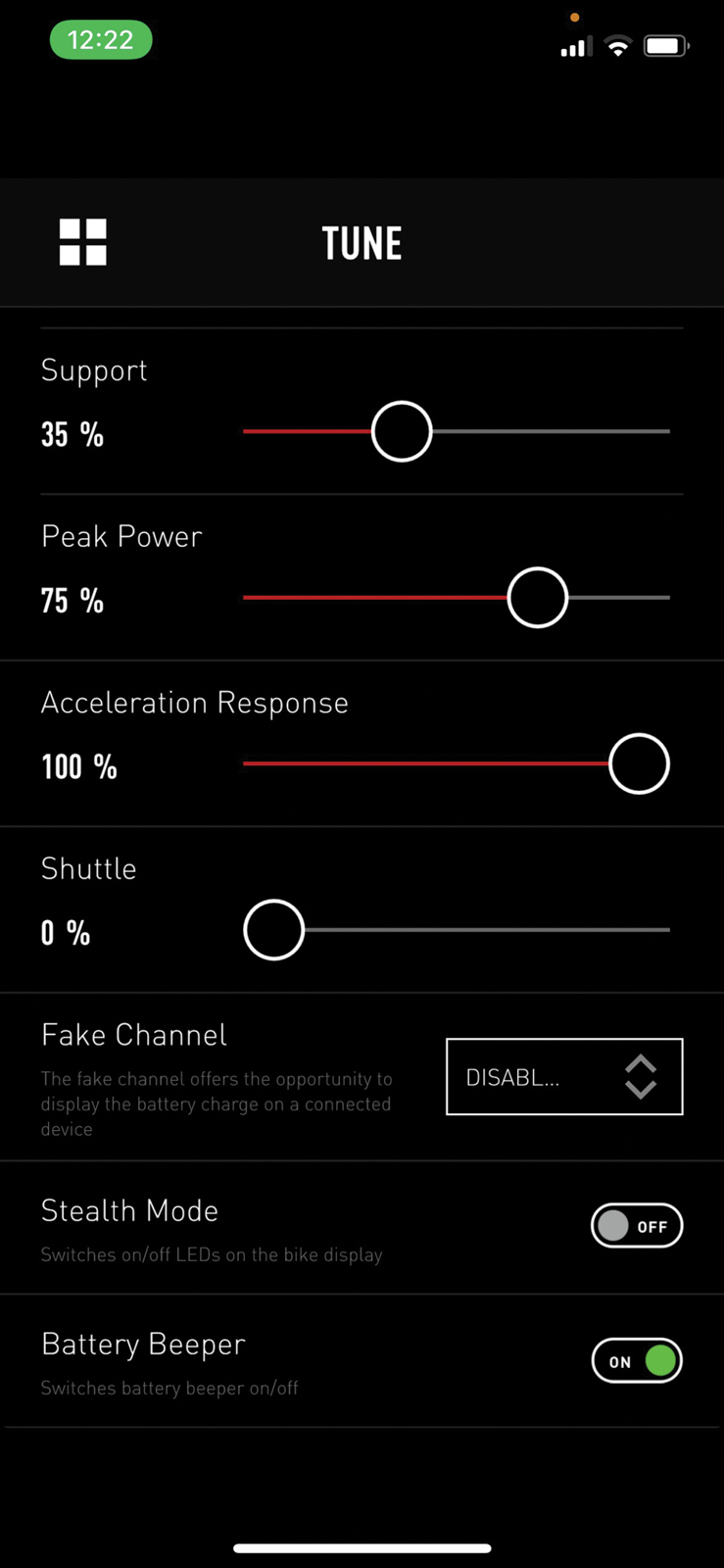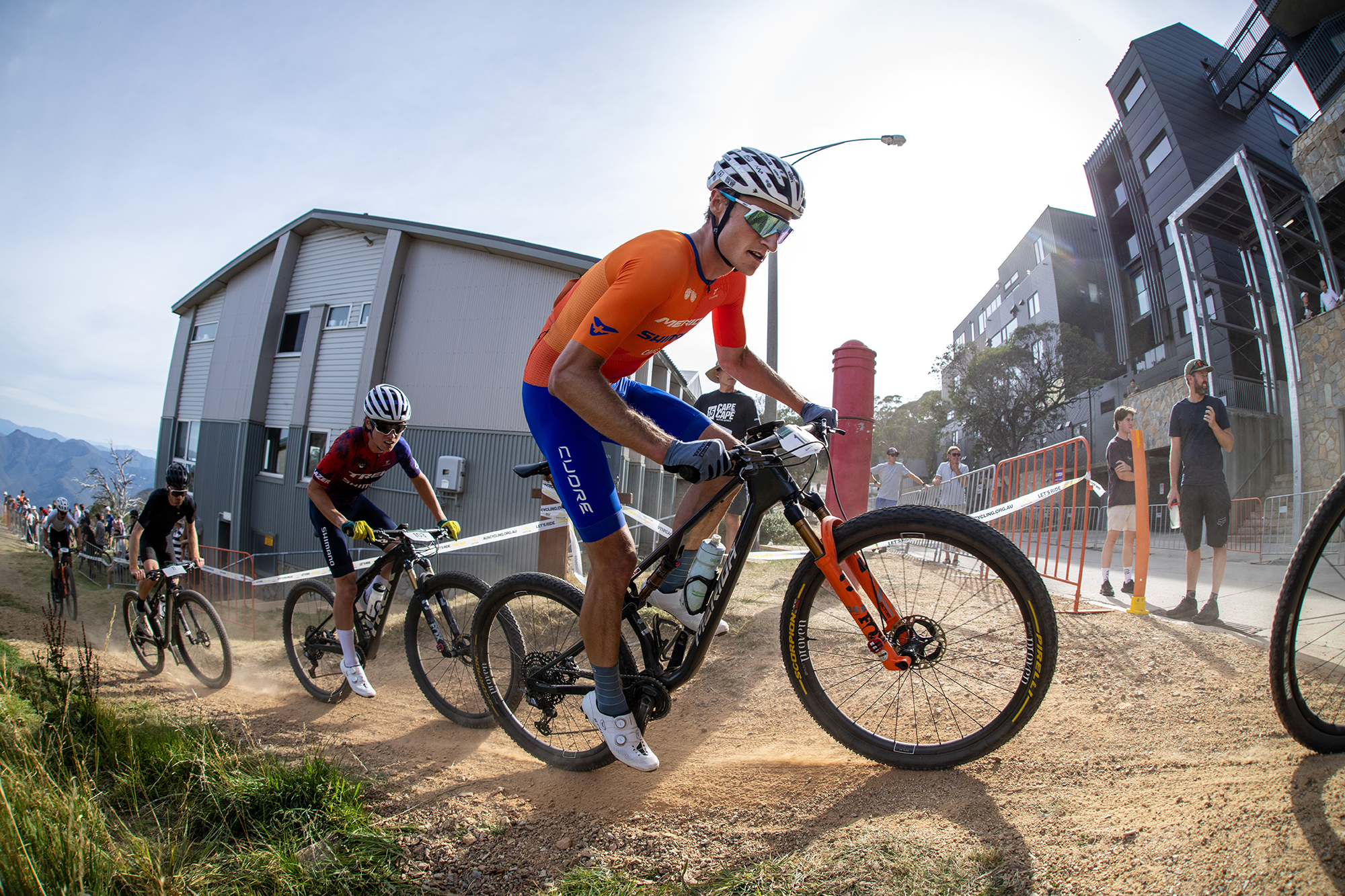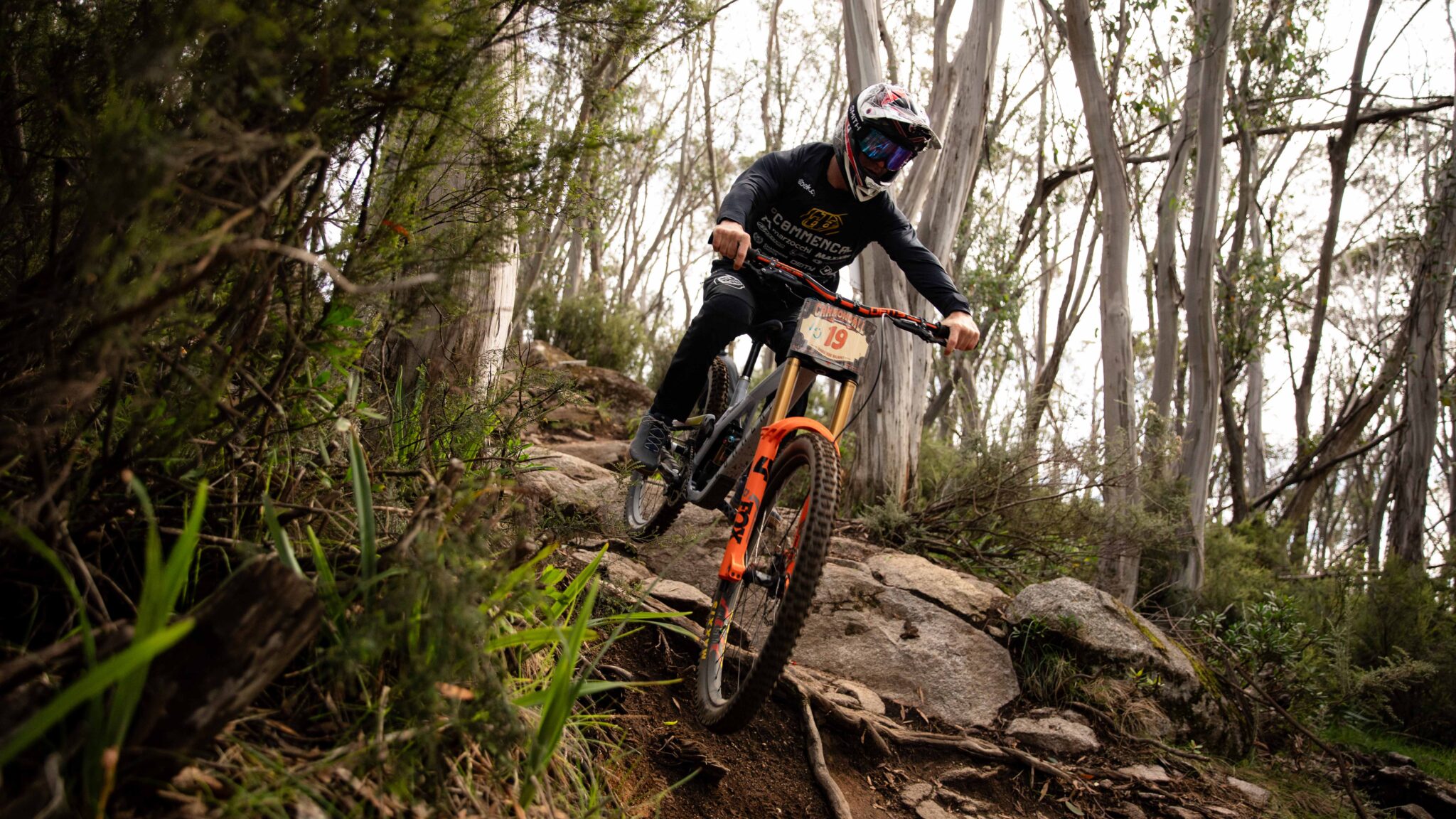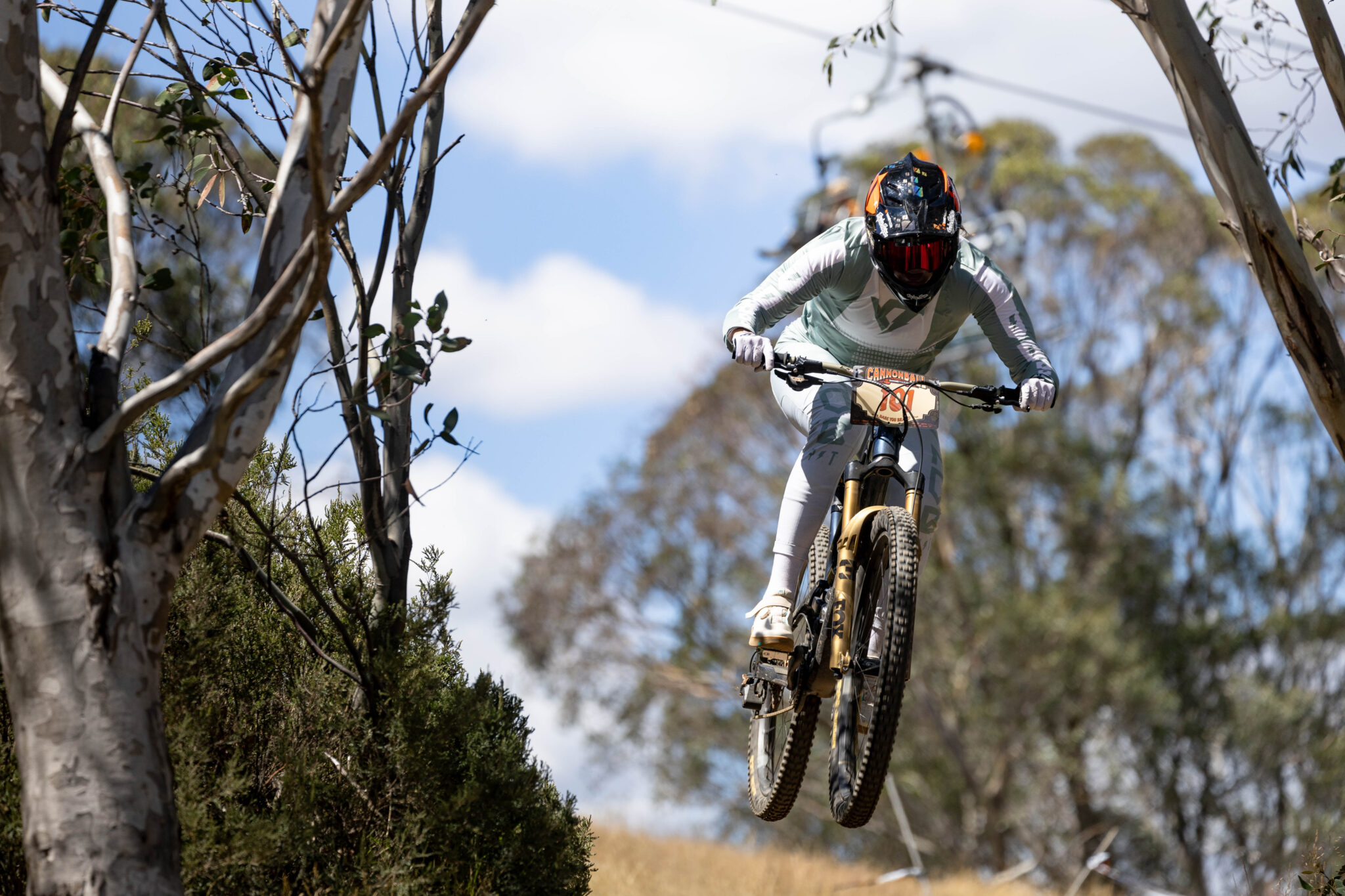eMTB Mode Explainer
Let's look at the different modes of assistance offered by three of the main motor players in Bosch, Shimano, and Specialized.
Words: Will Shaw
Photos: Nick Waygood
All about Bosch:
Bosch have been making eBike systems for over ten years. Their premier mountain bike motor system is the Performance Line CX motor (Gen 4), which provides 85Nm of torque, and has four modes of assistance. Bosch have a supporting app called Bosch eBike Connect, however the app doesn’t allow for motor customisation like the Shimano and Specialized apps. This means you’re stuck with the standard four modes of assistance. Luckily these modes are pretty good from the off!
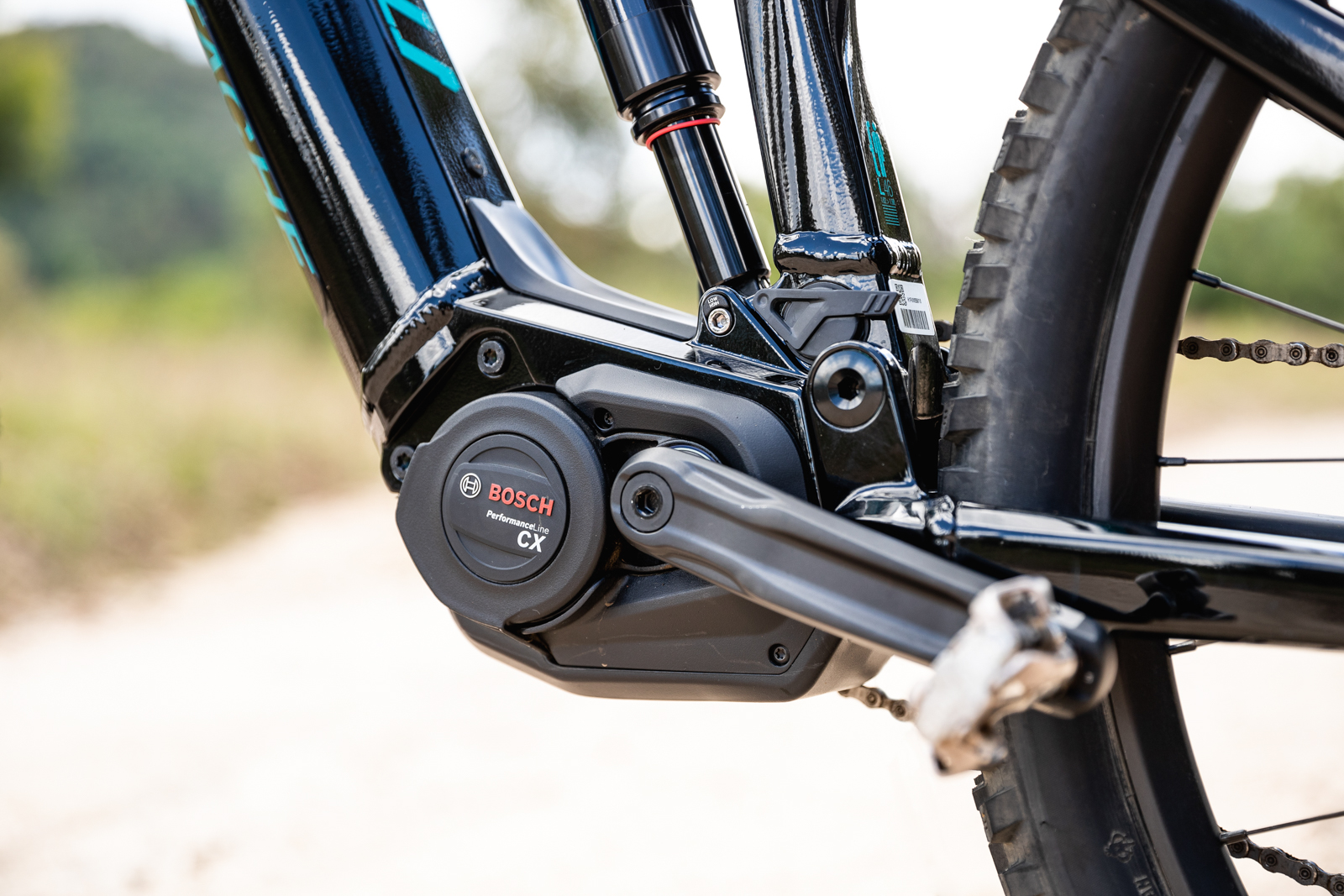
The first mode on offer is the ubiquitous Eco mode. Eco mode is as the name suggests, economical. This mode offers 50 percent additional assistance on top of what the rider is putting in. How this feels in practice compared to a regular bike is like you’ve got really good legs that day. Eco mode definitely allows you to ride with riders on regular bikes, but it would be nice to be able to tune this mode to offer even less assistance on mixed rides.
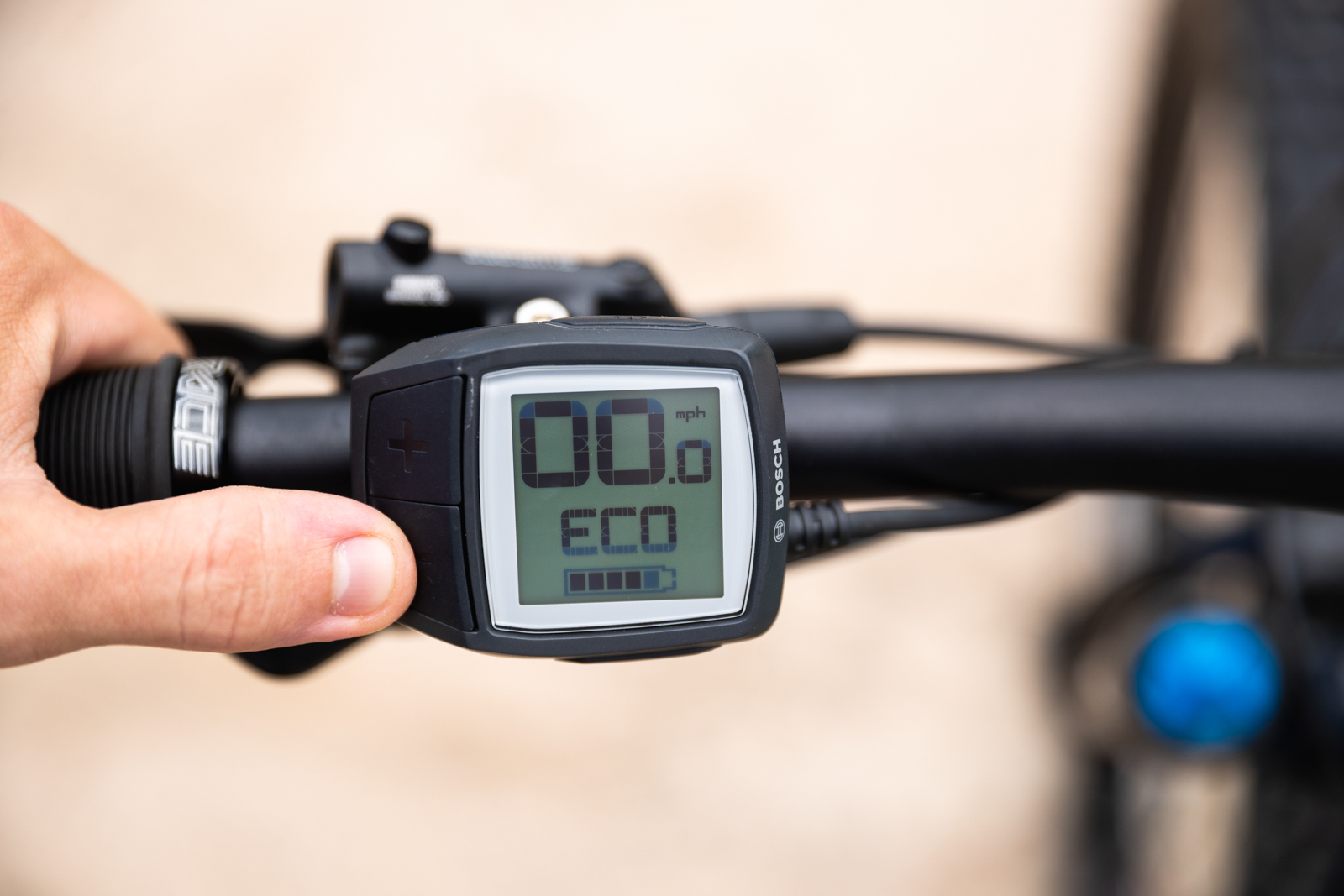
The next mode is Tour mode. Tour mode offers an additional 120 percent of power. It’s a noticeable step up from Eco, however in my experience it’s my least used mode on a Bosch motor. The reason for this is that if I’m needing to reserve my battery, I’ll use Eco, and the higher assistance modes are better in just about every other situation.
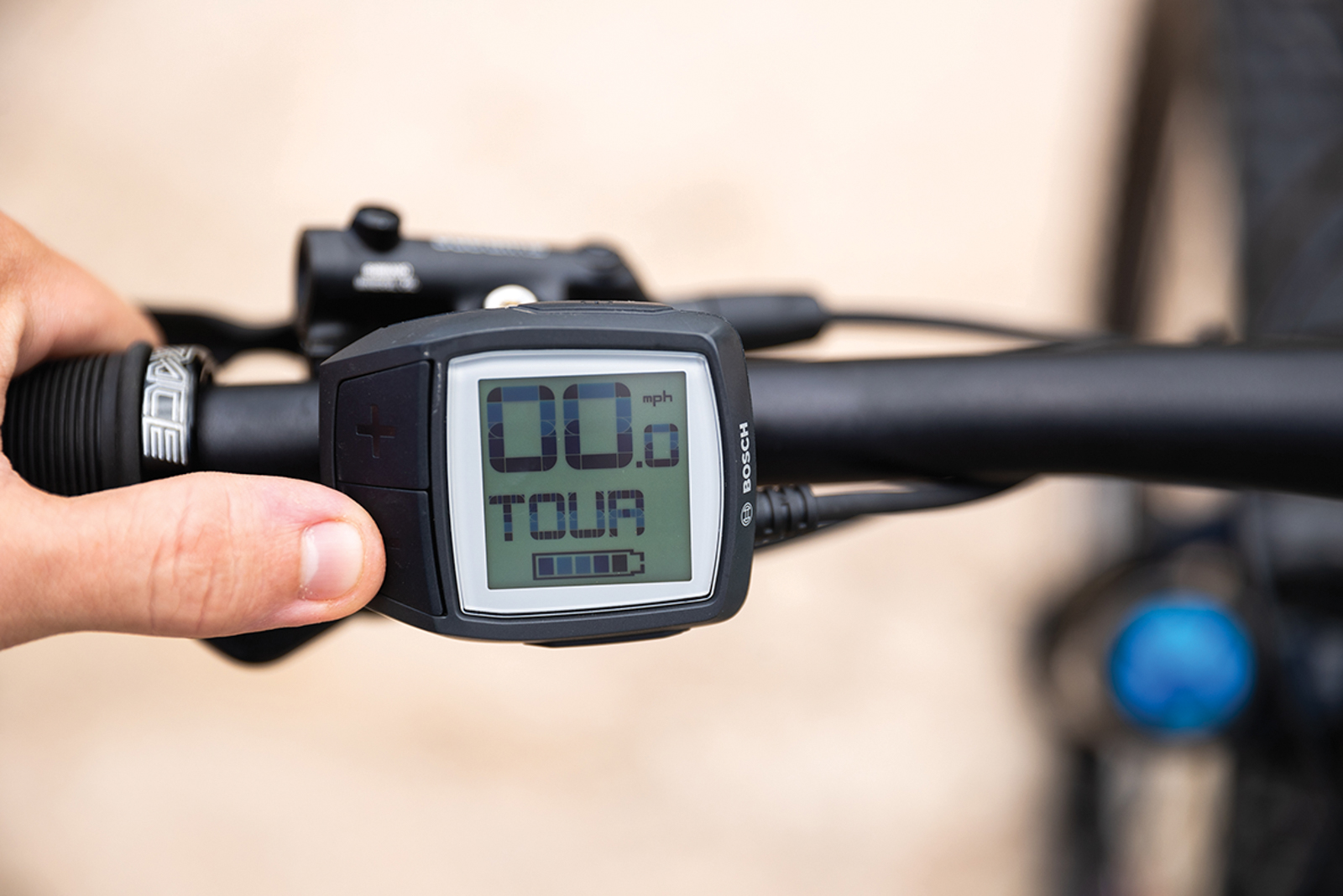
EMTB is the third mode offered by Bosch, and this mode is the way to go for when you’re riding on the dirt if you want to get the most out of your eMTB. EMTB mode offers progressive assistance from 120 percent (essentially Tour mode) all the way up to the maximum 300 percent assistance offered by Turbo mode.
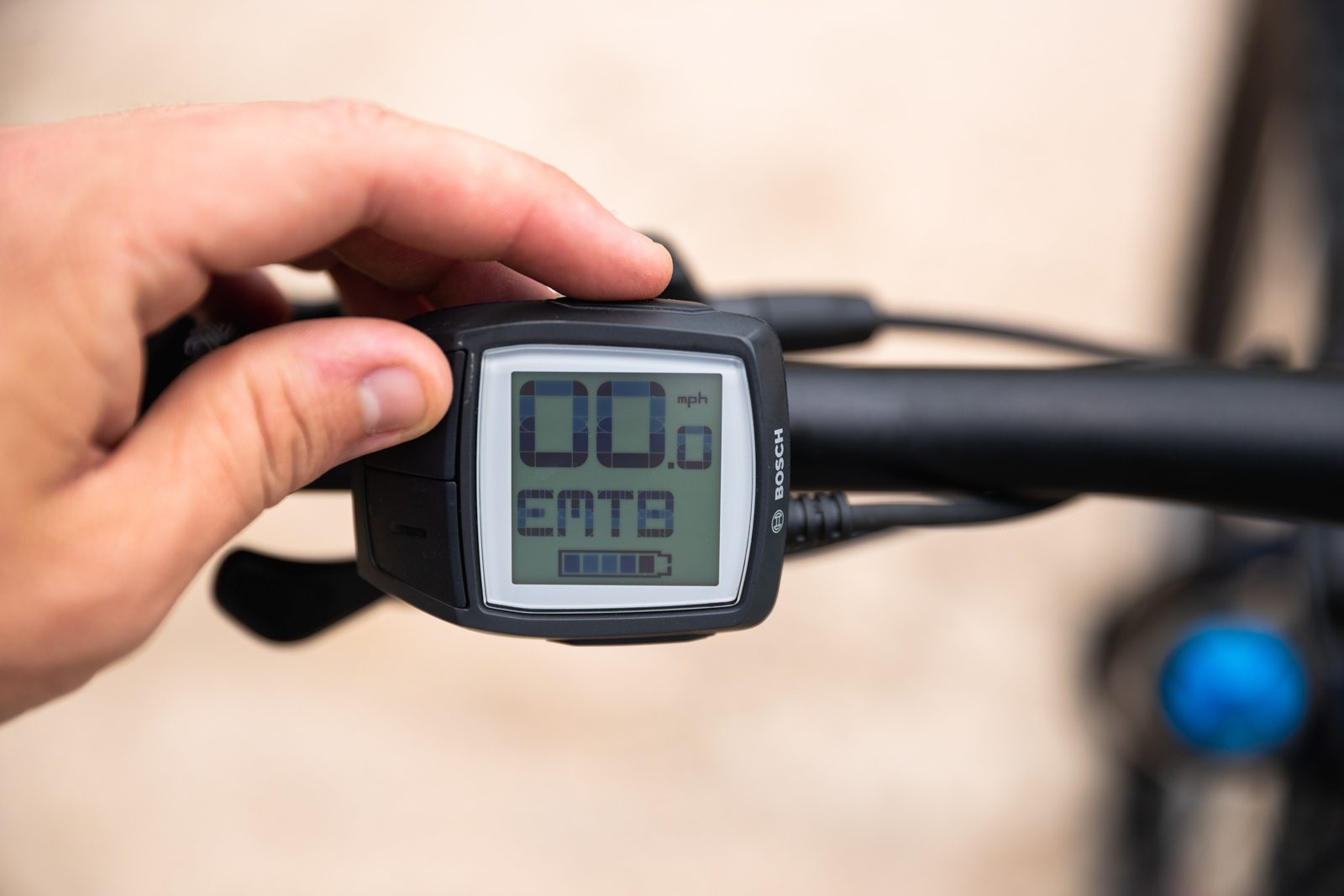
On the trail EMTB mode works fantastically. When you’re soft pedalling to maintain traction on a tricky climb, the motor doesn’t spin you out like it would in Turbo mode. If you’re putting down the watts on a flat section of trail though, the motor gives you everything it’s got.
On top of the variable assistance, EMTB mode makes use of Bosch’s 85Nm of torque with a feature called Extended Boost. Extended Boost works by keeping the motor engaged for a fraction of a second longer after you’ve put a crank in. This works wonders on technical climbs where you’re half cranking to get up and over obstacles by pulling you over the top.
The last mode is Turbo, which offers a laughable 300 percent assistance on top of what you’re putting in. Whilst it’s fun to whizz up steep roads at 25 kilometres per hour, on the trail that amount of unrestrained power can be really dangerous, which makes EMTB mode a much better choice once you’re off the tarmac.
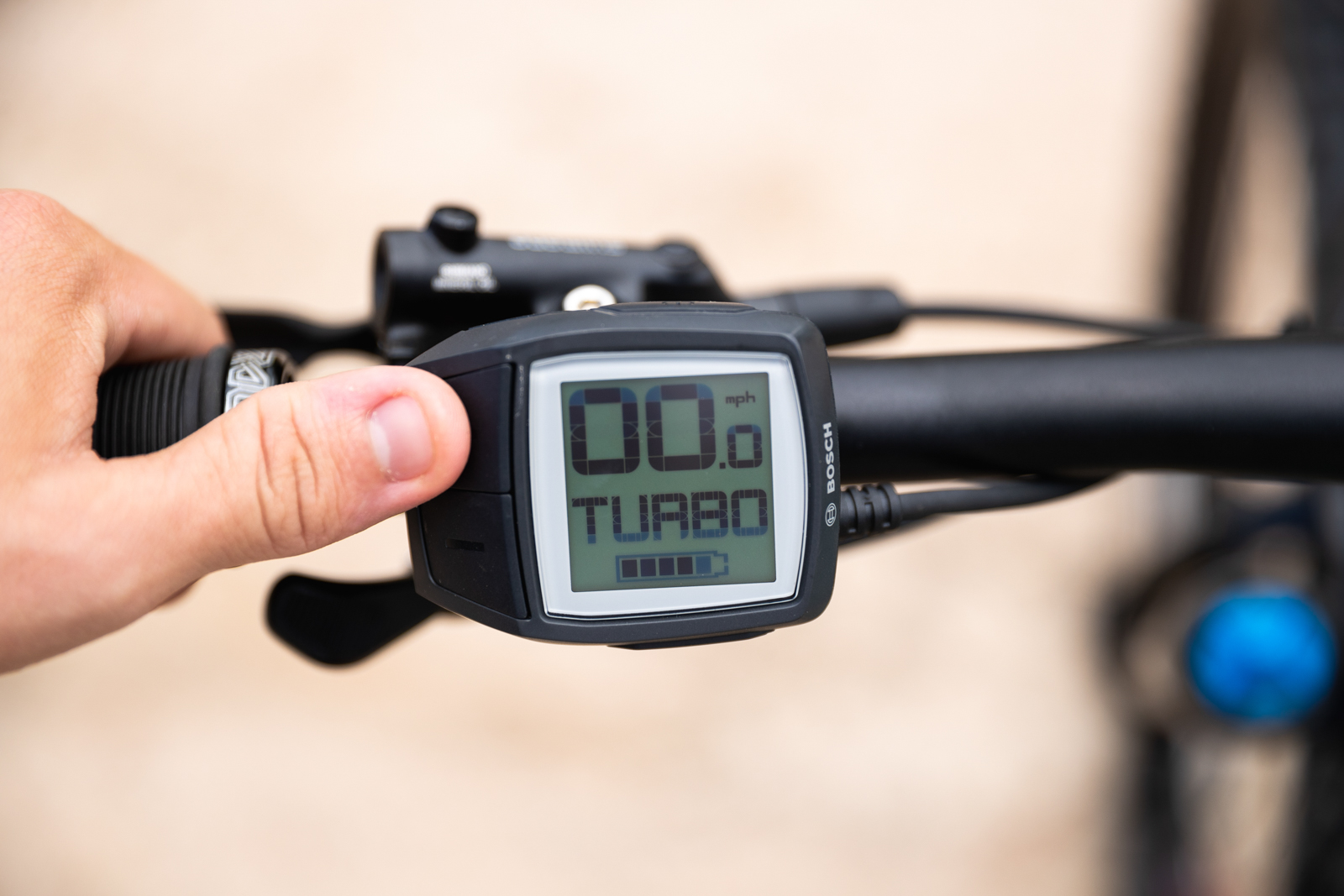
Overall, Bosch’s four modes of assistance offer a broad spread of options. Whilst these four modes don’t leave me wanting much more, it would be nice to see Bosch’s app give you the ability to tinker with their modes like Shimano and Specialized.
Interested in Bosch powered eBikes? Check out some eMTBs with Bosch Motors we’ve recently reviewed below:
Cube Stereo Hybrid 140 HPC Race 625
Shimano modes:
Shimano’s new EP8 motor has three modes of assistance, as well as their E-Tube Project and E-Tube Ride apps. The E-Tube Project app allows users to customise the assistance levels of their motor, while the E-Tube Ride app acts like a cycling computer by connecting with your smartphone and allowing you to push ride data to third party apps like Strava.
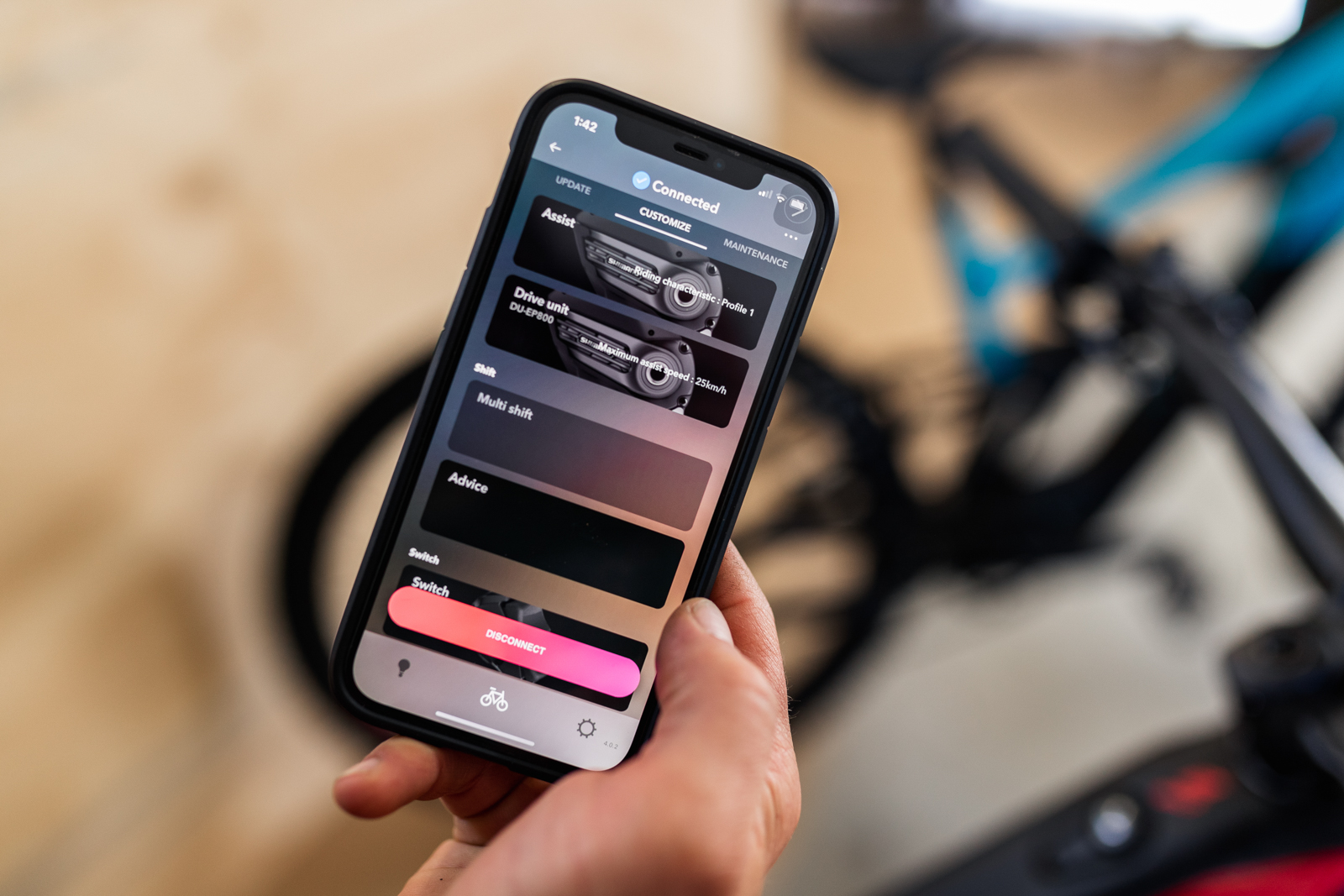
The E-Tube Project app is more relevant to this article, as each ride mode can be modified in three areas. The first area is the assistance level the motor provides, which can be moved up or down across ten increments. Secondly is the maximum torque that can be reached in that mode, which is adjustable from 20 – 85Nm. Lastly, the E-Tube Project app has five separate modes for how quickly the motor will respond to pressure at the pedals, from mild to quick. The standard setting is for the motor to react quickly, and unless the bike is pulling away from you, I’d recommend sticking to this setting.
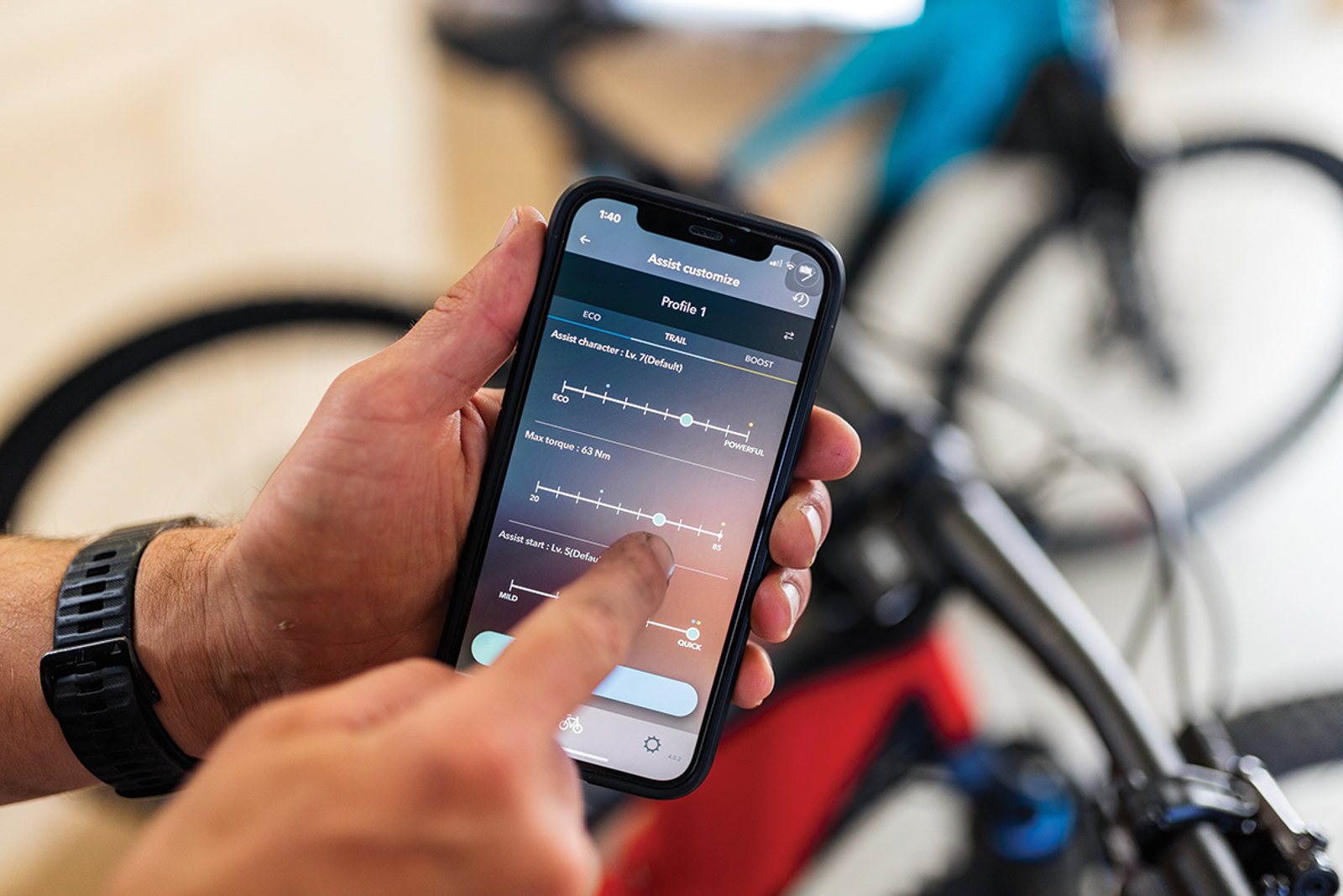
Whilst the E-Tube Project app means that you can customise each mode to your liking, I’ll give you a rundown of what each stock setting on the EP8 motor provides.
First up is Eco mode, which gives 3/10 assistance, paired with a maximum available torque of 49Nm. This mode is comparable to the stock Eco mode from both Bosch and Specialized, however in my experience Shimano’s Eco mode offers a touch less assistance. Whilst this is a benefit for riding with riders on regular bikes, on the trail Shimano’s Eco mode feels a touch more sluggish compared to Bosch and Specialized.
The second Shimano mode is Trail, which is similar to Bosch’s EMTB mode as the mode I predominantly use off road. As standard this mode offers 7/10 assistance paired with all 85Nm of torque. This mode feels similarly intuitive to Bosch’s eMTB mode; however, Shimano’s Trail mode modulates the power all the way from Eco through to Boost mode. Despite my overall positive assessment of Shimano’s Trail mode, it lacks the absolute top end power feel of both Bosch and Specialized.

Lastly is Shimano’s Boost mode, which gives you all the motor assistance and all the torque. Once again, it’s best reserved for whizzing up road climbs and on your way to the trail, as the power isn’t as cleverly regulated as it is in Trail mode. Despite this, I use Shimano’s Boost mode occasionally on steep off road climbs where power is required to get you up and over obstacles, as I find it a touch easier to control than the Turbo mode on both Bosch and Specialized.
In terms of adjustments to the Shimano assistance modes via their E-Tube app, whilst everyone will have their personal preference, I find that that Shimano’s stock settings are most of the way there. Shimano EP8’s three levels of assistance offer everything you need, and the E-Tube Project app means you can further refine the motor’s settings to your personal circumstances.
Want to read some Shimano EP8 powered eBike reviews? Hit the links below.
Canyon Spectral:ON CF8
Pivot Shuttle Team XTR
Merida eOne-Sixty 9000
Controlling the Specialized Levo:
Specialized use two motors across their range, their lightweight 1.1, and their beefy 2.1, which is based on the Brose Drive S Mag. Both motors offer three modes of assistance that are complemented by Specialized’s fantastic Mission Control app.
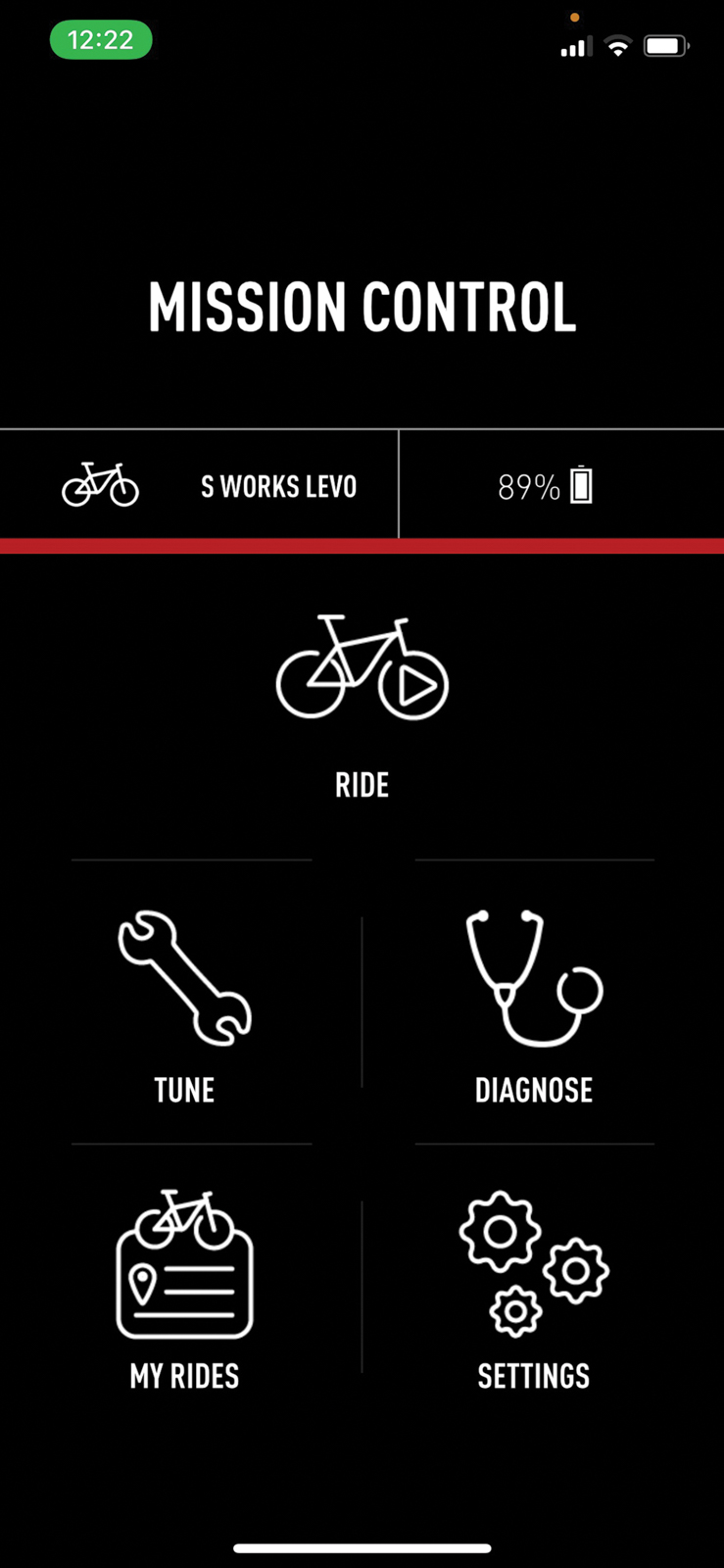
The Mission Control app sets the benchmark for motor tuneability as well as general useability. Whilst it can record rides and send the data to third party apps, it also connects with third party head units and can display your ride data on those, which is particularly handy for accurate battery levels, as well as other metrics if you’re a data geek.
One metric that Specialized are open about the importance of is the cadence range within which their motor (and all eBike motors really) work best within. Specialized say the magic number is 85rpm, whilst the range of 70-90 is where you should be aiming more broadly.
Whilst the Mission Control app means you can tweak the assistance of your motor to your heart’s content, I’ll run through the three modes on offer as standard.
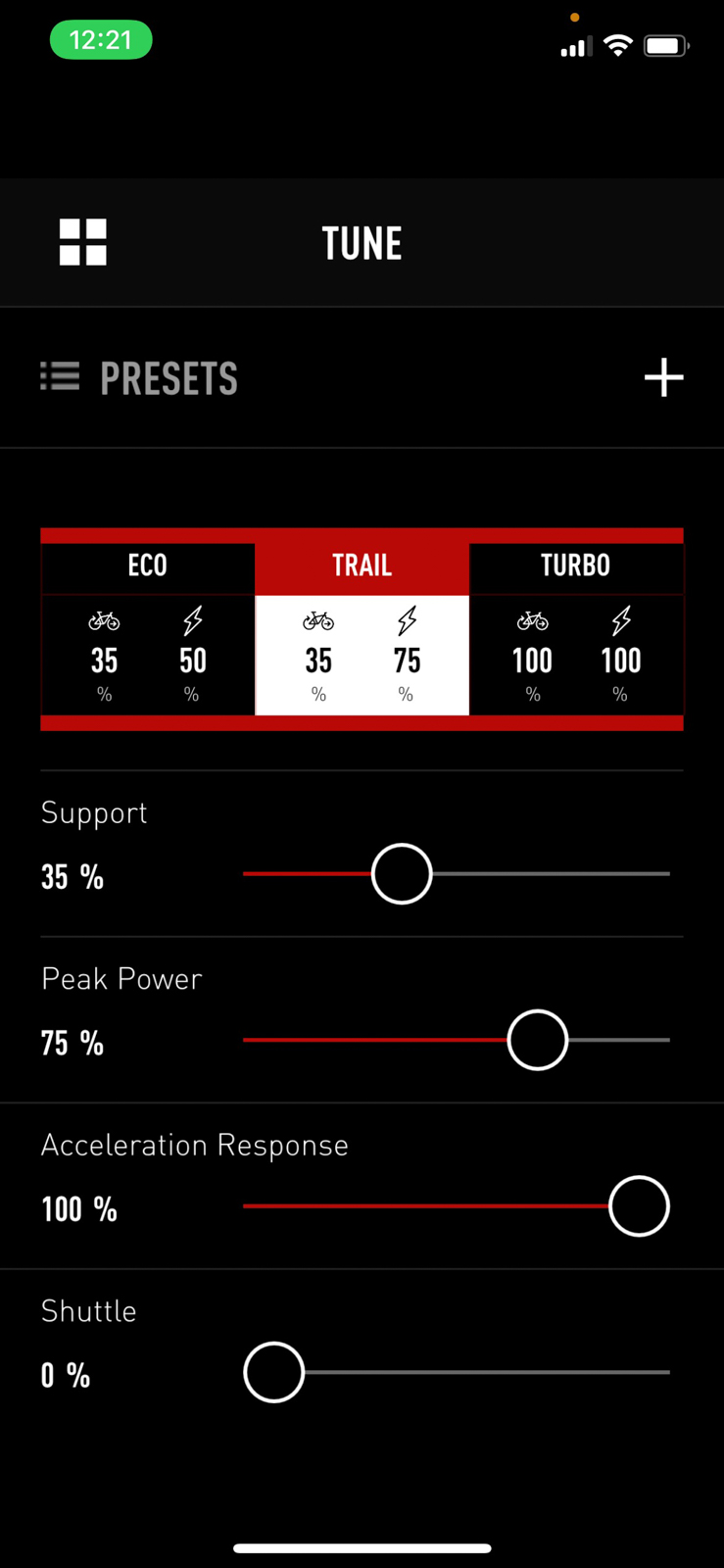
The first of Specialized’s three modes of support is Eco mode. I’m sure you’ve got the drift by now that Eco is great for conserving battery, riding with ‘acoustic’ bikes, and having an overall more similar ride feel to a regular bike.
Next up is Trail mode, which is my preferred mode. Once again similar to the other two brands, it offers the best blend of power alongside control in real world trail conditions.
Lastly is Turbo mode, which gives the same full throttle power application as the other two brands’ top settings. Specialized’s Turbo is the sportiest of the lot, helped by their motor’s 90Nm of torque (as opposed to 85Nm for both the Bosch and Shimano motors).
Via their Mission Control app, Specialized offer you a range of customisation options, but in terms of fiddling with the motor’s modes, they offer two main adjustments. The first is peak power, which is adjustable in 5 percent increments from 0-100%.
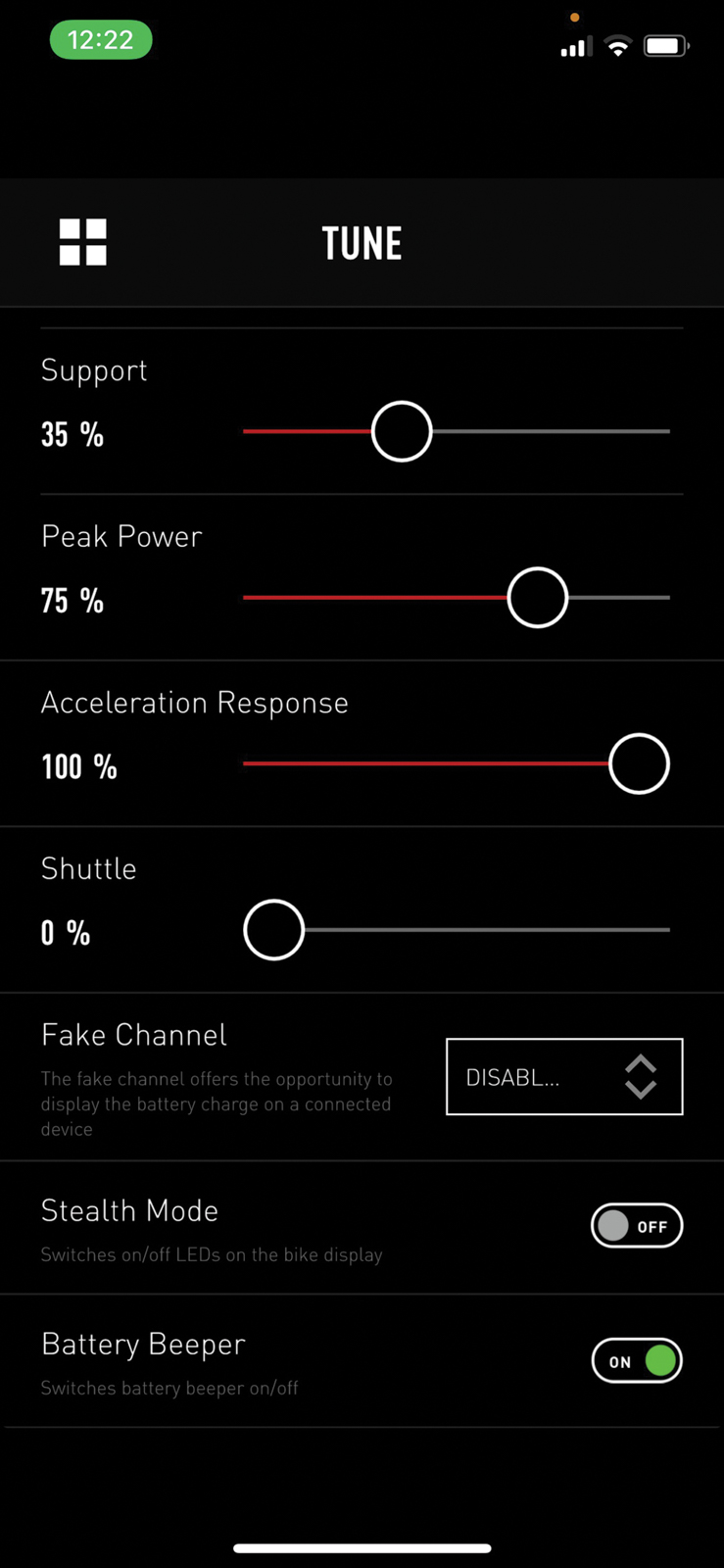
The second main customisation option is Support, which is how much effort you need to put in to access the motor’s whole capacity. Once again there’s adjustment from 0-100% via 5 percent increments. Specialized also have adjustments for acceleration support, which is similar to Shimano’s motor response tuning.
Overall motor and system performance aside, out of the three brands discussed today, Specialized have the most to offer in terms of customisation and using your eMTB in a way that’s most relevant to you. Whilst I’ve found Specialized’s stock setting perfectly acceptable, Mission Control means you can really dial in the best settings for your riding style.
Interested in the Specialized Levo? Check out Ryan Walsch’s review of the 2022 Turbo Levo Expert here, and his review of the Levo SL right here.

